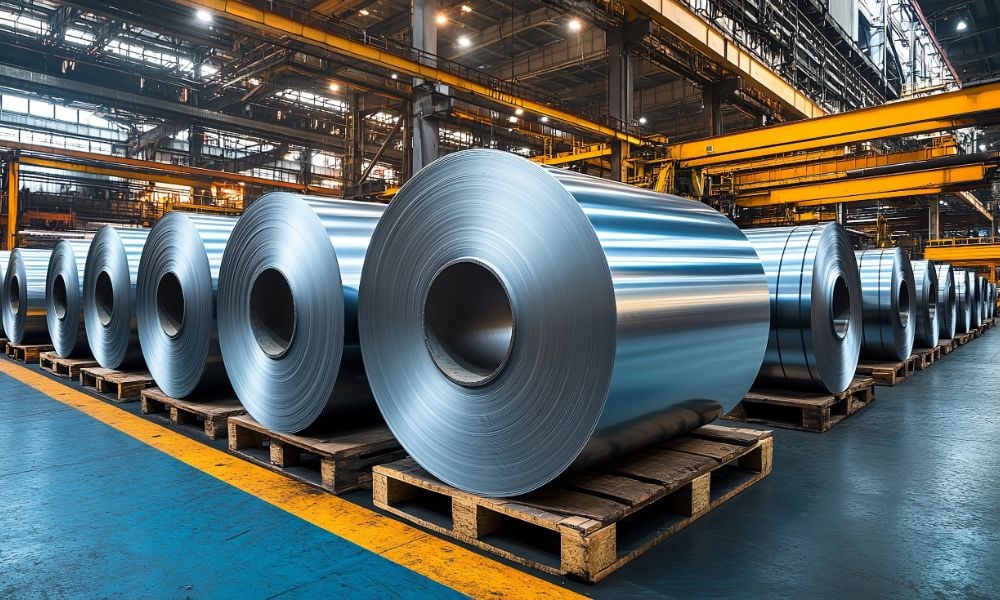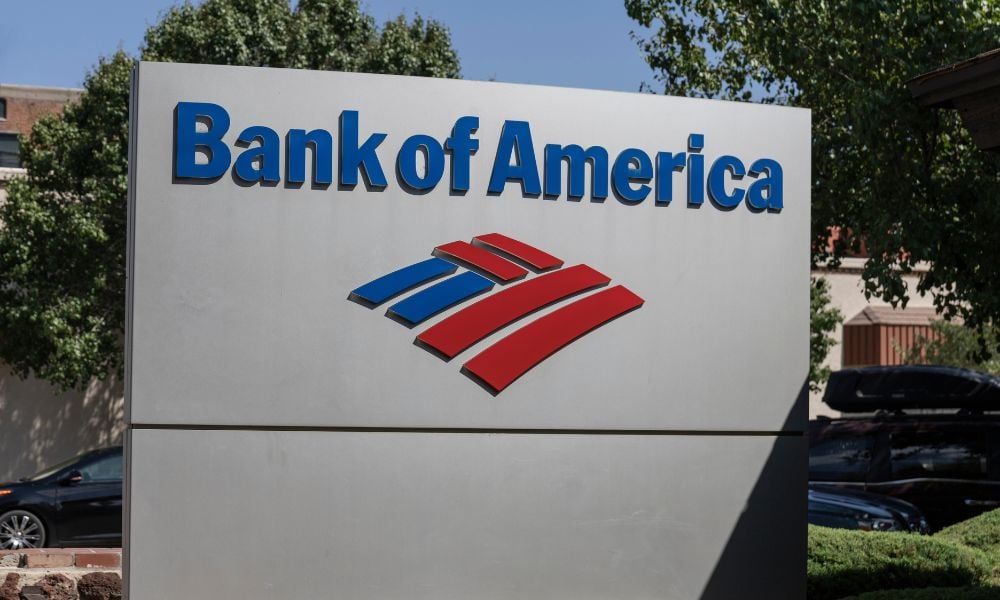Canadian producers face export roadblocks and domestic competition while advancing low-emission steel plans

A 50 percent US tariff threatens to shut Canadian steelmakers out of their largest export market, forcing companies like Algoma Steel Inc. to rethink strategy while advancing costly green steel projects.
In an interview with the Financial Post, Algoma chief executive Michael Garcia said the tariff would “effectively lock out” Canadian producers from the US, which buys most of their output.
He added that “there really are no practical foreign markets for Canadian steel other than the US market.”
Garcia said shifting focus domestically comes with its own challenges, as roughly two-thirds of Canada’s steel supply comes from foreign companies, much of it unfairly traded and dumped.
As reported by The Canadian Press, Algoma last month began producing greener steel at its first electric arc furnace in Sault Ste. Marie, which uses heat from powerful electric currents to cut emissions.
Garcia called it a “pivotal milestone” for both the company and the Canadian steel industry.
The producer has also trademarked ‘Volta’ for its low-emission steel made from a mix of low-emission iron feed and scrap metal.
Columbia University’s Chris Bataille, who researches steel transition policy, said most buyers willing to pay a premium for cleaner steel are in the auto sector. He noted that European automakers pay as much as 40 percent more.
However, the larger construction sector remains reluctant, limiting demand.
He said oversupply, tariff pressures, and policy uncertainty—such as the pace of carbon pricing—make it unclear if the substantial upfront investment in green steel will pay off.
The federal government has committed $1bn from its Strategic Innovation Fund to help Canadian steel companies advance projects, including $420m for Algoma’s $880m initiative and $900m for ArcelorMittal’s Hamilton operations.
But as per The Canadian Press, ArcelorMittal’s $1.8bn green steel plan is still in the engineering stage, with no new milestones.
In its April sustainability report, the company said projects may not be economical until the 2030s without stronger policies.
International headwinds are also reshaping plans.
ArcelorMittal cancelled two green steel projects in Germany in June, citing high electricity prices, while Cleveland-Cliffs abandoned a US$500m hydrogen-based project in Ohio despite secured funding.
Cleveland-Cliffs chief executive Lourenco Goncalves cited a lack of clear hydrogen supply and said revamping with “beautiful coal” was generating a favourable dialogue with the US Department of Energy.
Some innovation is advancing.
Bloomberg reported that Texas-based Hertha Metals, backed by Bill Gates and Vinod Khosla, has developed a one-step method to produce one ton of green steel daily.
The pilot process, which combines electricity, natural gas, and proprietary techniques, could cut emissions by more than 50 percent using renewable power and almost entirely if powered by green hydrogen.
The company plans a 9,000-ton demonstration plant by 2031, though scaling up remains uncertain.
Bataille suggested that Canada could capitalise on its renewable energy capacity and iron ore reserves by building a direct reduction plant near extraction sites, potentially tripling export value by shipping pre-processed green iron globally.
Trade expert Tommaso Ferretti of the University of Ottawa said greater public–private collaboration will be essential for the industry to adapt and remain competitive.



